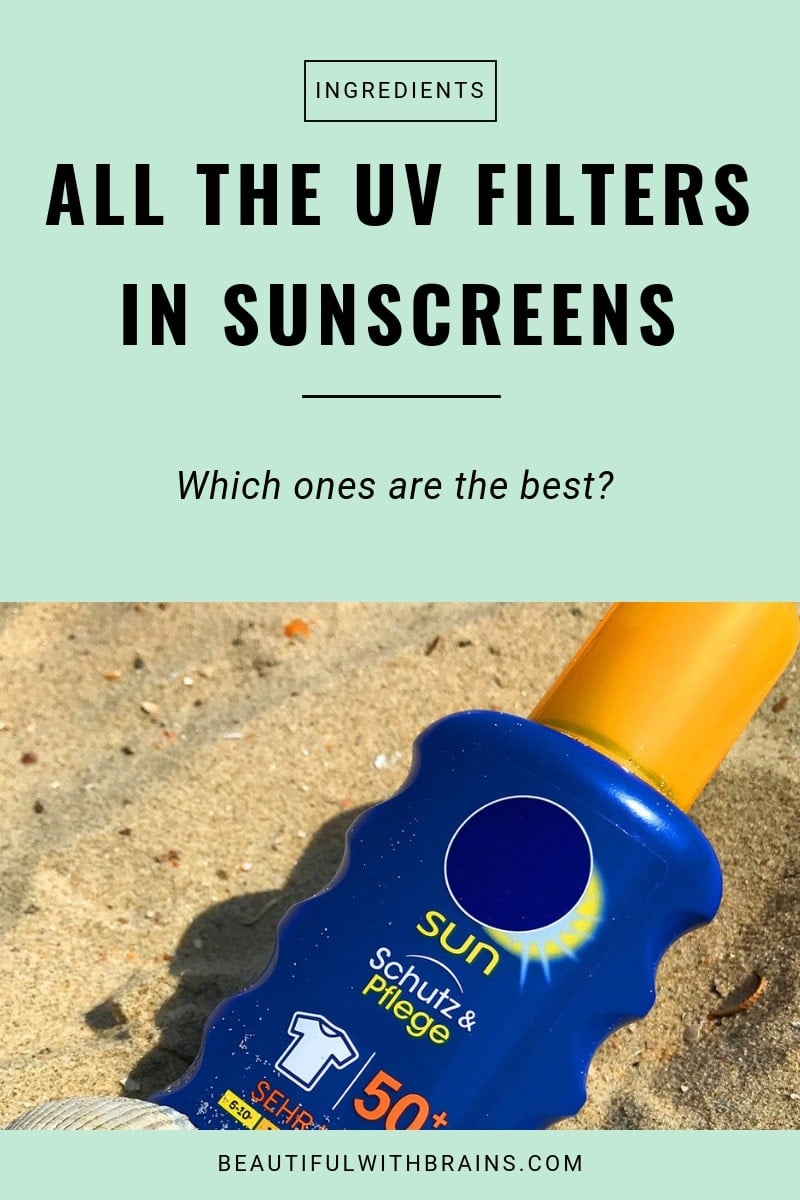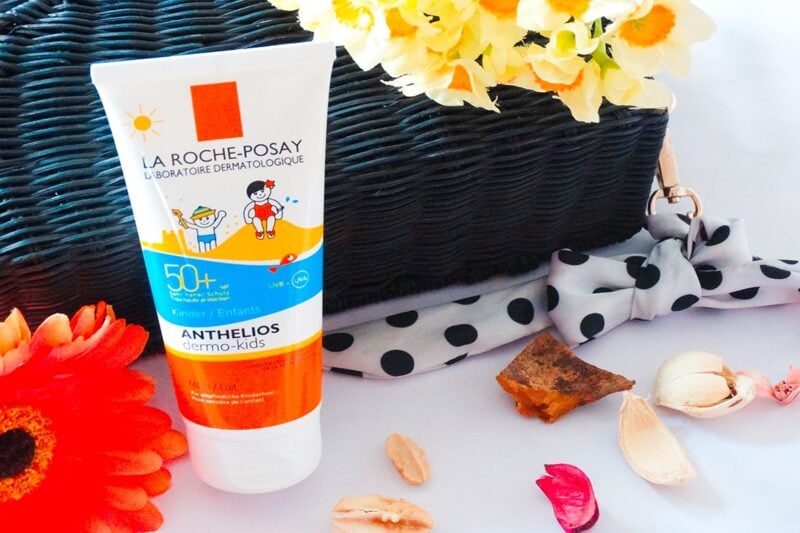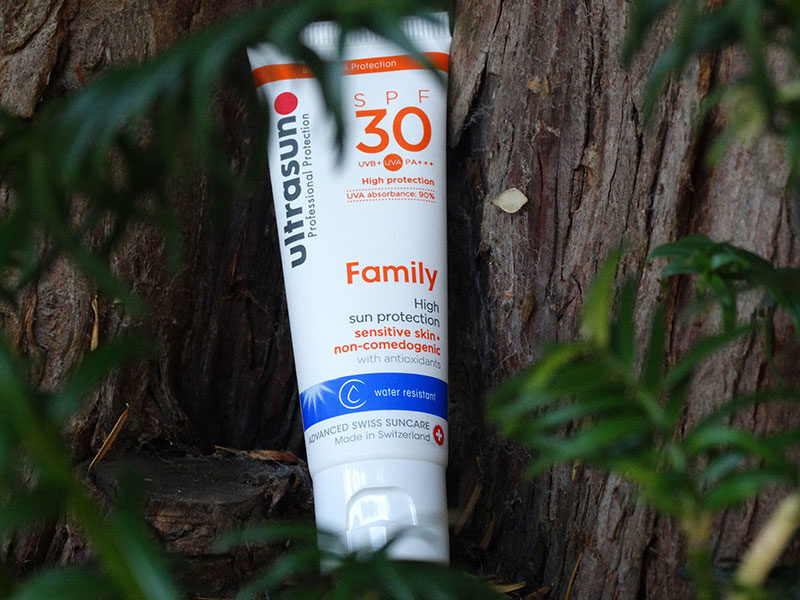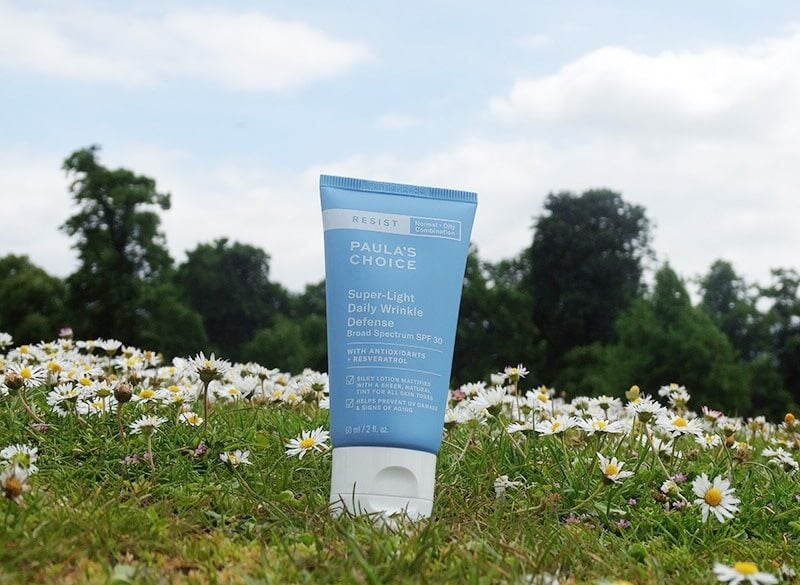
Do you know what’s in your sunscreen?
You’d better. Cos not all sunscreens give you adequate sun protection. Some are lazy and only keep you safe from UVB rays. They can get away with this because SPF only refers to the level of protection from UVB rays. Crazy, I know!
If you can’t read those undecipherable labels, how can you tell if your sunscreen is doing its duty or slacking on the job?
Before you panic at the thought of going anywhere near those labels, worry not. I’ve put together this short guide with the most common active ingredients (the UV filters) found in sunscreens and the kind of protection they give you.
Before you pick up your next bottle of sunscreen, make sure it has at least one UVA filter in it:
Avobenzone
Usually listed as Butyl Methoxydibenzoylmethane on the label (just to make your life more complicated), it protects against the entire UVA range. It degrades (stops working) quickly when exposed to light, so use it with ingredients that can help it last longer, such as Octocrylene, Mexoryl, or Tinosorb.
Related: Is Avobenzone Dangerous?
Benzophenones
A group of sunscreen ingredients that include Oxybenzone, Methanone, Benzophenone-3 and anything else that ends in “benzone” or “benzophenone”. They protect from all UVB and some UVA rays but can irritate sensitive skin.
Related: Is Oxybenzone The Worst UV Filter Ever?
How effective is your sunscreen? Sign up to the newsletter below to receive the “Sunscreen Audit” Worksheet and find out if your sunscreen is really up to the job:
Cinoxate
A sunscreen agent that offers full UVB and little UVA protection.
Ensulizole
A.k,a. Phenylbenzimidazole Sulfonic Acid, it provides full UVB and minimal UVA protection. It’s water-soluble and feels very light on the skin.
Related: Everything You Ever Wanted To Know About Ensulizole In Sunscreens
Homosalate
It provides full UVB and minimal UVA protection. It can be used only in concentrations up to 10%.
Menthyl Anthranilate
A.k.a. Meradimate, it protects from some, but not all UVA rays. It’s rarely used in the USA and banned in Europe and Japan.

Mexoryl SX
A.k.a. Ecamsule and terephthalylidine dicamphor sulfonic acid (that’s usually how it disguises itself on the label), it’s developed and patented by L’Oreal. It protects against UVA rays and degrades more slowly when exposed to sunlight than other ingredients like Avobenzone.
Related: What Are The Best Sunscreens With Mexoryl?
Mexoryl XL
A.k.a. Drometrizole Trisiloxane, it’s developed and patented by L’Oreal too. It protects against UVB rays. It’s oil soluble so great for outdoors activities.
Octinoxate
A.k.a. Octyl Methoxycinnamate, it protects from UVB rays. It’s also soluble so great for outdoor activities. Some studies show it can generate free radicals so don’t forget to pile up your antioxidant serum beforehand.
Related: Is Octinoxate In Sunscreens Safe?

Octisalate
A.k.a. octyl salicylate and ethylhexyl salicylate, it protects only from UVB rays.
Related: The Complete Guide To Octisalate In Sunscreen
Octocrylene
A weak UVB filter. It helps to stabilize Avobenzone but can cause irritations.
Related: The Complete Guide To Octocrylene In Sunscreen
Tinosorb
Tinosorb S (bis-ethylhexyloxyphenol methoxyphenyl triazine) and Tinosorb M (methylene bis-benzotriazolyl tetramethylbutylphenol) offer protection from all UVA and some UVB rays. Tinosorb S is water soluble while Tinosorb M is oil soluble. Both are photostable and can help other UV filters, such as Avobenzone, last longer, too.
Related: What Are The Best Sunscreen Ingredients?

Titanium Dioxide
A white mineral that protects against the entire UVB range but only half of the UVA range. It doesn’t irritate skin but can leave a white cast.
Related: More Than A Sunscreen: The Complete Guide To Titanium Dioxide In Skincare
Trolamine Salicylate
A UVB filter.
Zinc Oxide
A white mineral that protects from the entire UV range (finally!). It’s very gentle and non-irritating, but leaves a white cast on the skin.
In case you’re wondering, all my fave sunscreens use zinc oxide. It provides broad spectrum protection without irritating my skin, saving me the headache of having to decipher the whole ingredient list. You can find my fave zinc oxide sunscreens here.
Related: Is Zinc Oxide The Best UV Filter Ever?
How does your sunscreen fare? Let me know in the comments if it passed the test.

Thanks for sharing, really helpful. I like your blog very much, it’s really interesting to know about the ingredients in cosmetics.
Marloes, aww thank you! I’m glad you like my blog and that you found this post helpful. I hope to see you around often. 🙂
This is so helpful, Gio! Like you, I only use physical sunblock since the heat in VN can destroy chemical sunscreens pretty fast.
Dao, I’m glad you find it helpful. 🙂 I prefer physical sunblock too. Lasts longer and is gentler on the skin. 🙂
Thanks for this info, I usually have problems trying to calculate the amount of every sunscreen ingredient in chemical sunscreens to see if they have enough UVA protection. This list will be very helpful.
Thanks to you I realized why I was still getting sunburns after applying my pure titanium dioxide sunscreen every two hours. Now Im looking for another physical sunscreen, whats your opinion about one with 10% of zinc oxide and 5,5 of titanium dioxide? (spf 47). I have to spend several hours under the sun at 4000 meters over sea level, should I try with this one or look for a pure zinc oxide sunscreen?.
Alejandra, you’re welcome. It can be really tricky to figure out if a chemical sunscreen offer enough protection but I hope this small guide will help you.
That sunscreen seems to be pretty good to me. It will probably leave a white cast on skin, so blend it in well, but it offers adequate sun protection, which is the most important thing.
Awesome post, and so easy to read (even with the chemical names!) Love the chart, too. I also like that zinc oxide, my favorite sunblock, is the only one on said chart that covers both UVA and UVB considerably. 🙂 I didn’t know about the 16%+ requirement though – very good to know! The white cast is a minor setback when you consider how much protection you’re getting, IMO.
Thanks again! 🙂
Jean, you’re welcome. I’m glad you enjoyed this post too. And I agree with you. A white cast is a small price to pay for the high level of protection you’re getting, which is the most important thing. 🙂
Anche io la scorsa estate mi sono fatta una cultura riguardo i filtri solari. Mai più comprare un solare senza aver prima capito che filtri contiene.
LaDamaBianca, sono completamente d’accordo con te. Meglio assicurarsi che contengano filtri che offrano un’adeguata protezione senza irritare la pelle prima di comprare.
Thanks for sharing this! I didn’t know that titanium dioxide didn’t cover the whole spectrum.
Harshleen, you’re welcome. Titanium Dioxide is the one of the best ingredients in term of protection but unfortunately it doesn’t cover the entire UV spectrum on its own so it needs to be used with other ingredients.
I love this chart and the descriptions! I showed this to my dad even and I’ve bookmarked this.
Janessa, I’m glad you find it useful. 🙂
I’ve referred to this chart at least a dozen times since discovering it. :]
I’m glad to hear that. 🙂